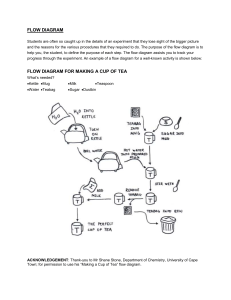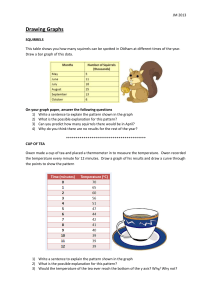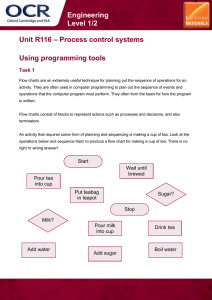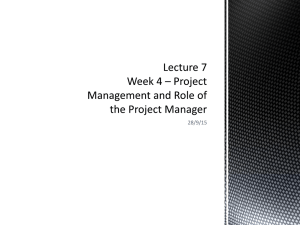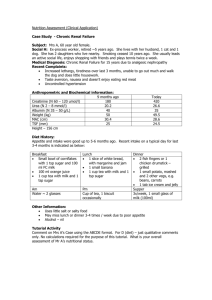SSD-Intro-8-Strategies-speech-sound-difficulties-0
advertisement
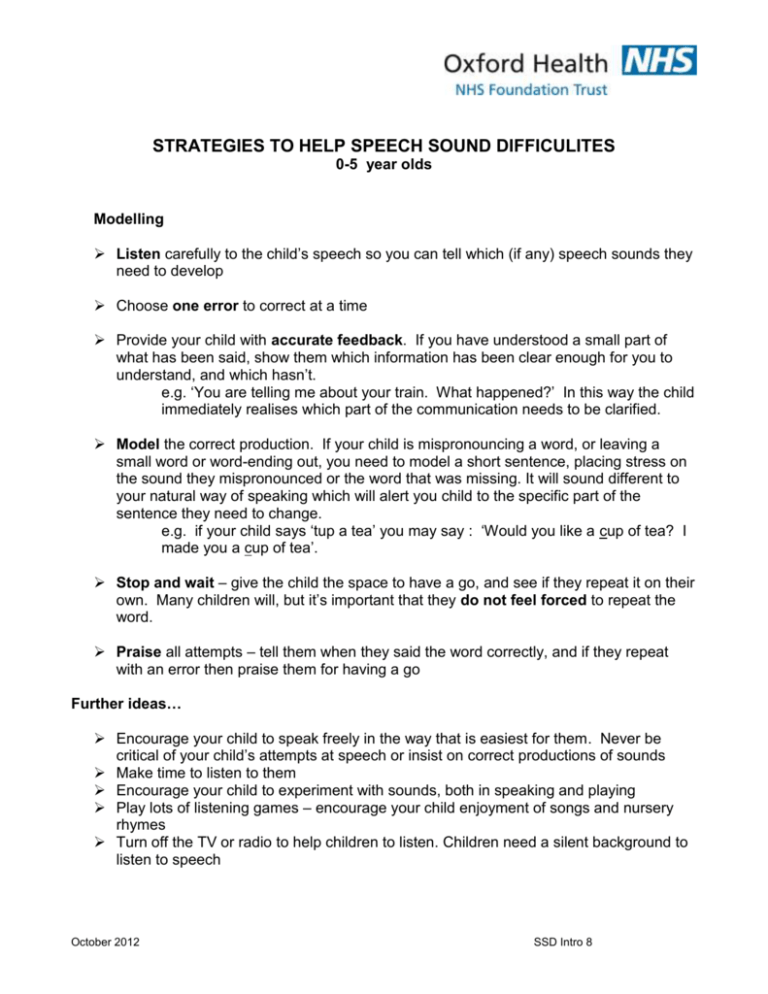
STRATEGIES TO HELP SPEECH SOUND DIFFICULITES 0-5 year olds Modelling Listen carefully to the child’s speech so you can tell which (if any) speech sounds they need to develop Choose one error to correct at a time Provide your child with accurate feedback. If you have understood a small part of what has been said, show them which information has been clear enough for you to understand, and which hasn’t. e.g. ‘You are telling me about your train. What happened?’ In this way the child immediately realises which part of the communication needs to be clarified. Model the correct production. If your child is mispronouncing a word, or leaving a small word or word-ending out, you need to model a short sentence, placing stress on the sound they mispronounced or the word that was missing. It will sound different to your natural way of speaking which will alert you child to the specific part of the sentence they need to change. e.g. if your child says ‘tup a tea’ you may say : ‘Would you like a cup of tea? I made you a cup of tea’. Stop and wait – give the child the space to have a go, and see if they repeat it on their own. Many children will, but it’s important that they do not feel forced to repeat the word. Praise all attempts – tell them when they said the word correctly, and if they repeat with an error then praise them for having a go Further ideas… Encourage your child to speak freely in the way that is easiest for them. Never be critical of your child’s attempts at speech or insist on correct productions of sounds Make time to listen to them Encourage your child to experiment with sounds, both in speaking and playing Play lots of listening games – encourage your child enjoyment of songs and nursery rhymes Turn off the TV or radio to help children to listen. Children need a silent background to listen to speech October 2012 SSD Intro 8
